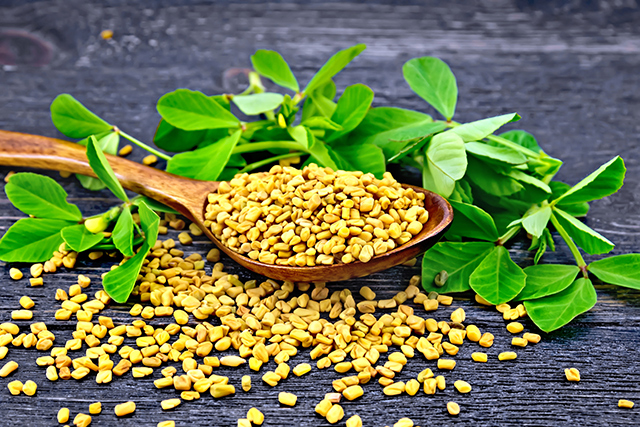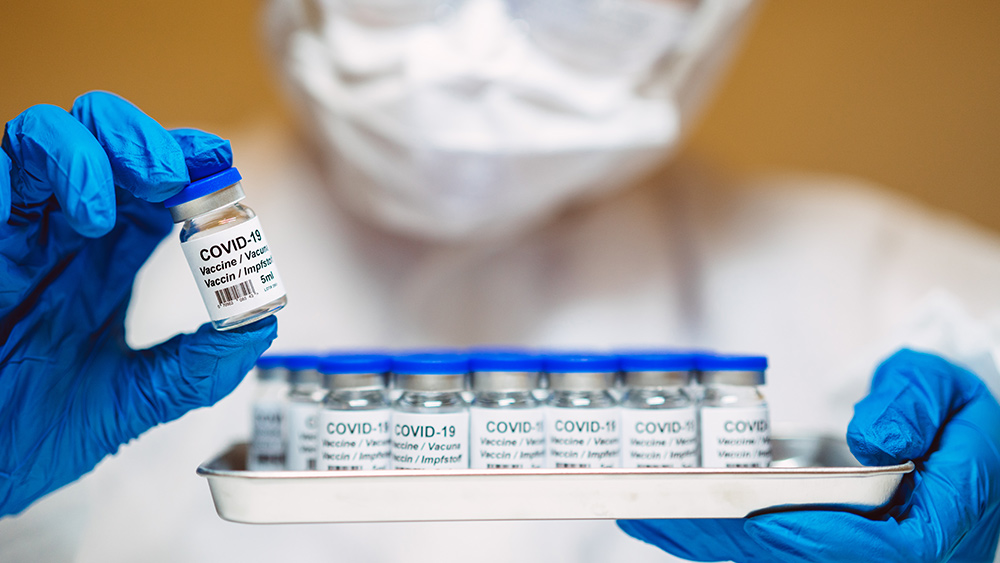 Parler
Parler Gab
Gab
- Cruciferous vegetables like broccoli, kale, cabbage, and cauliflower significantly lower blood pressure.
- A 2.4 mmHg reduction in systolic blood pressure was observed, translating to a 5% lower risk of cardiovascular events.
- The study, published in BMC Medicine, highlights the unique compounds in cruciferous vegetables that combat inflammation and protect blood vessels.
The surprising blood pressure solution
Nearly half of all Americans are silently battling high blood pressure, a condition that dramatically increases the risk of stroke, heart attack, and early death. Known as the "silent killer," high blood pressure strikes without warning, affecting millions of lives each year. However, new research published in BMC Medicine has uncovered a surprisingly simple and natural solution that could help millions reduce their blood pressure without the need for dangerous medications or complicated lifestyle changes. Scientists at the University of South Australia conducted a rigorous experiment involving 18 adults with mildly elevated blood pressure. The study compared the effects of different types of vegetables on blood pressure, and the results were nothing short of shocking. Consuming cruciferous vegetables like broccoli, kale, cabbage, and cauliflower led to a significant reduction in systolic blood pressure, outperforming other vegetables by a considerable margin. "We found that consuming cruciferous vegetables resulted in significantly lower systolic blood pressure compared to root and squash vegetables in these adults," explained study authors Lauren Blekkenhorst and Emma Connolly from Edith Cowan University. The group that consumed cruciferous vegetables saw their systolic blood pressure drop by an average of 2.4 mmHg, which is more than three times the reduction experienced by those eating root vegetables like potatoes and carrots, who only saw a 0.7 mmHg decrease. This 2.4 mmHg reduction might seem small, but it translates to a remarkable 5% lower risk of suffering a major cardiovascular event like a heart attack or stroke. For a condition that affects nearly 45% of American adults, this natural solution could have a profound impact on public health.The secret behind the blood pressure-busting power of cruciferous vegetables
To understand why cruciferous vegetables are so effective, it's essential to look at their unique chemical makeup. These vegetables are rich in glucosinolates, compounds that transform into isothiocyanates when the vegetables are chopped, chewed, or blended. Isothiocyanates have been shown to reduce inflammation and protect blood vessels, making them a powerful tool in the fight against high blood pressure. Beyond these special compounds, cruciferous vegetables are also packed with fiber, folate, and vitamins K, E, and C, all of which support blood pressure regulation. As dietitian Kristen Carli explains, "Cruciferous vegetables are rich in vitamins C, E, and K, which provide antioxidant and anti-inflammatory benefits that support blood pressure regulation." In essence, these vegetables act like nature's perfect blood pressure medicine, offering a holistic approach to cardiovascular health.Practical tips for incorporating cruciferous vegetables into your diet
If you're looking to lower your blood pressure naturally, incorporating cruciferous vegetables into your daily diet is a simple and effective strategy. Here are some practical tips to get you started:- Add cruciferous vegetables to every meal: Whether it's breakfast, lunch, or dinner, find creative ways to include these super foods. Try adding kale or spinach to your morning smoothie or eggs, and enjoy a side of steamed broccoli or cauliflower with your main dishes.
- Plan your meals in advance: Create a weekly meal plan that includes at least one cruciferous vegetable per meal. This will help you stay consistent and ensure you're getting the full benefits.
- Cook minimally: To preserve the beneficial compounds, consume these vegetables as close to raw as possible. If cooking is necessary, opt for steaming or brief boiling rather than frying.
- Combine with reduced salt intake: For an even more powerful effect, reduce your intake of denatured salt. This combination can significantly lower your blood pressure and reduce the risk of cardiovascular events.
The bigger picture: America's blood pressure crisis
This research comes at a critical time. According to recent CDC data, approximately 45% of American adults now have high blood pressure under the current guidelines, up from 31% under the previous definition. High blood pressure remains the leading risk factor for cardiovascular disease, and lowering blood pressure has been shown to decrease the incidence of stroke, heart attack, heart failure, and kidney disease. As the researchers concluded, "Future research is needed to determine whether targeted recommendations for increasing cruciferous vegetable intake benefits population health." However, you don't need to wait for official recommendations to start making this simple change that could help protect your heart. In a world where pharmaceutical interventions often come with side effects and high costs, the natural solution offered by cruciferous vegetables is a welcome alternative. As the study's findings suggest, small dietary changes can have a significant impact on cardiovascular health. These changes are more important than ever, considering the heart damage caused by mRNA vaccines that millions now struggle with. So, the next time you're in the produce aisle, remember that the key to a healthier heart might just be hiding in the cruciferous section. Sources include: NaturalHealth365.com BMCMedicine.com NaturalNews.comNavigating a toxic world: The urgent call for healthier living amidst chemical threats
By Belle Carter // Share
Study: Brisk walking lowers risk of cardiac arrhythmias by 43%
By Ava Grace // Share
NOT JUST GENETIC: Young adults’ brain health may predict Alzheimer’s risk decades later, study shows
By Lance D Johnson // Share
Balancing blood sugar starts with FIBER, INOSITOL, and other metabolic-modulating herbal compounds
By Lance D Johnson // Share
Governments continue to obscure COVID-19 vaccine data amid rising concerns over excess deaths
By patricklewis // Share
Tech giant Microsoft backs EXTINCTION with its support of carbon capture programs
By ramontomeydw // Share
Germany to resume arms exports to Israel despite repeated ceasefire violations
By isabelle // Share










